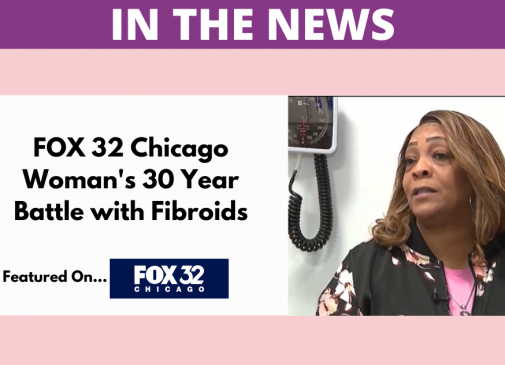
Despite major advances in women’s health, hysterectomy remains the most common surgical treatment for uterine fibroids — even when less invasive, uterus-sparing options are available.
According to a recent report from Medscape (2025), nearly 75% of fibroid removals are still hysterectomies, while only 23% are myomectomies and fewer than 4% are treated through Uterine Fibroid Embolization (UFE) — a minimally invasive, non-surgical procedure that’s been available for decades.
So why are so many women still losing their uterus unnecessarily?
Experts point to several reasons:
- Lack of awareness among both patients and some gynecologists about UFE and other alternatives.
- Limited collaboration between gynecologists and interventional radiologists — the specialists who perform UFE.
- Fertility misconceptions surrounding UFE, despite data showing healthy pregnancy rates post-procedure.
Physicians are calling for a “least-invasive-first” approach — beginning with medical therapy, progressing to options like UFE or radiofrequency ablation (RFA), and reserving hysterectomy as a last resort.
Every woman deserves a say in her care. Shared decision-making and full disclosure of all treatment options should be the standard — not the exception.
If you are looking at fibroid treatment options, you and your physician must explore all fibroid removal procedures:
Non-Surgical Treatments
- Uterine Fibroid Embolization (UFE) – An interventional radiologist uses imaging with non-surgical treatments to remove fibroids. After an ultrasound or MRI, the interventional radiologists can determine if you have fibroids UFE is done by injecting microscopic particles into particular targeted arteries to selectively block blood flow to the fibroids, causing them to shrink.
Surgical Treatments
- Myomectomy (surgical removal of fibroids from uterus), options include abdominal, laparoscopic and hysteroscopic procedures
- Endometrial ablation (treating the uterine lining to reduce menstrual bleeding)
- Hysterectomy (removal of uterus), options include abdominal, laparoscopic and vaginal
Our mission at Fibroid Fighters is to empower women with information about symptoms and treatment options so they have a voice in their care.
Reference: Kaitlin Sullivan. “Why Are So Many Women With Fibroids Still Getting Hysterectomies?” Medscape, October 13, 2025.







